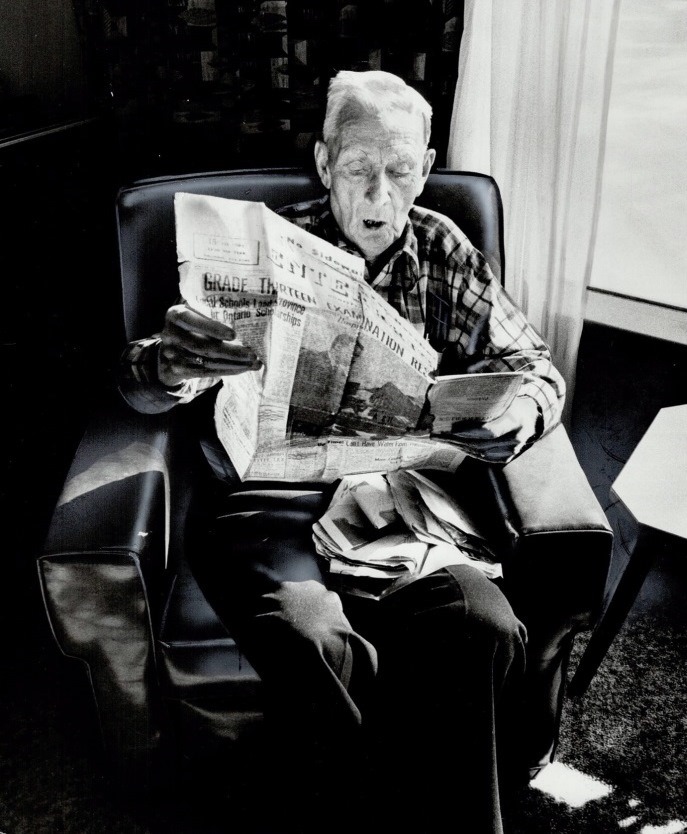‘Metro Council wanted to unify police and fire departments,’ writes Susan Goldenberg
In April 1953 the Toronto area’s 13 municipalities, including a strongly opposed North York, were amalgamated as Metropolitan Toronto. Each municipality retained autonomy in local matters but services that crossed boundaries became Metro responsibilities — water supply, sewage disposal, public transit, education and health and welfare.
But not policing and firefighting.
There was a confusing repercussion. Each municipality had different coloured fire hydrants, sometimes beside one another. One corner had three!
Soon, Metro Council wanted to unify police and fire departments for, it said, greater efficiency, traffic law uniformity and the ability to reassign cops to underserved suburban neighbourhoods. Toronto had one on-duty officer per 3,000 people but North York only one per 9,400 and Scarborough even fewer, one per 17,000.
Nine of the municipalities, including North York, were opposed. They said that concentration of all calls through one communication centre would cause delayed response because of “jamming.” Also, hundreds of conflicting bylaws from store hours to parking rules and garbage burning would have to be harmonized.
The smallest municipality was Swansea, population 8,500; the largest the City of Toronto, 681,850 people. North York’s population was 182,942.
Local councils were displeased that they would lose oversight over the police in their community. “North York’s force has reached top efficiency in law enforcement,” Reeve Fred McMahon insisted. “We can manage our own affairs.”
Policemen worried that their wages would be cut to the lowest then being paid, pensions lost and sick leave payments stopped.
The amalgamated police force came into existence January 1, 1957. Salaries weren’t changed as had been feared. The total personnel of 2,318 officers consisted of 1,568 from the Toronto City Police Department and 750 from the other twelve municipal forces to “serve and protect” a combined population of 1.3 million over 240 square miles. John Chisholm, who had been chief of Toronto’s police force since 1948, was appointed chief of the unified force. The other former municipal chiefs became subordinates, given the rank of inspector.
North York Police Chief Roy Risebrough, having reached sixty-five, decided to retire after 35 years in his job.
Written by Susan Goldenberg.
Originally published on August 26, 2021, on toronto.com.

